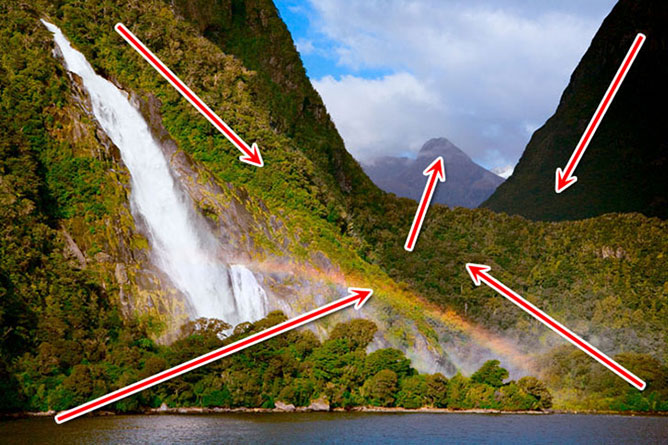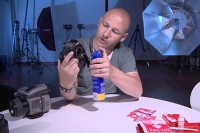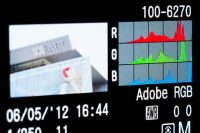Photography is a creative medium. There are often more moving parts then one would like to acknowledge and with so much going on it can sometimes be hard to remember the fundamentals.
One fundamental that’s not often talked about is the “Art of Visualization”… A concept that originated from well-known landscape photographer Ansel Adams.
The idea behind this concept was to visualize in your minds eye the end result that you were trying to achieve prior to actually taking the photograph.
Whilst this may sound old fashion, especially with the introduction and mass distribution of digital cameras, but the fact is that couldn’t be further from the truth.
Before I take any photographs there is always one question that I ask of myself and that is… Where Do I Want The Viewers Eye To Be Lead Within My Photographs?
This is an important question and one that you should consider at the time of exposure.
From a young age we are taught to read left to right which comes across as being quite natural. But when viewing images the eye performs in an entirely different manner depending on the colors, densities, perspective, subject matter and even the format… all impact how you consume a photograph with your eyes.
I like to lead my viewer through every aspect of a photograph using a variety of techniques. For example, I captured this photograph whilst cruising on the magnificent Milford Sound located on the South Island of New Zealand.
The majestic waterfall is named after the wife of one of New Zealand’s early governors, Lady Bowen.

What I envisioned and what I captured marry up. The composition and perspective works really well together to lead the eye.
But having said that, this alone wouldn’t have made this photo what it is today without some editing in Photoshop to emphasize important elements to draw focus to the center of this image.
Just as a traditional photographer would have used burning and dodging in the darkroom I’ve applied the same concepts but with different techniques in Photoshop to achieve a result that is representative of my original visualization.
Next time your out and about with your camera, before you press the shutter, give previsualization a whirl, you might just be surprised with the results.













Share This Post With Your Friends...
Share the post "Composition: Ansel Adams Visualization Theory & Techniques"